Last Updated on November 16, 2024 by Michelle
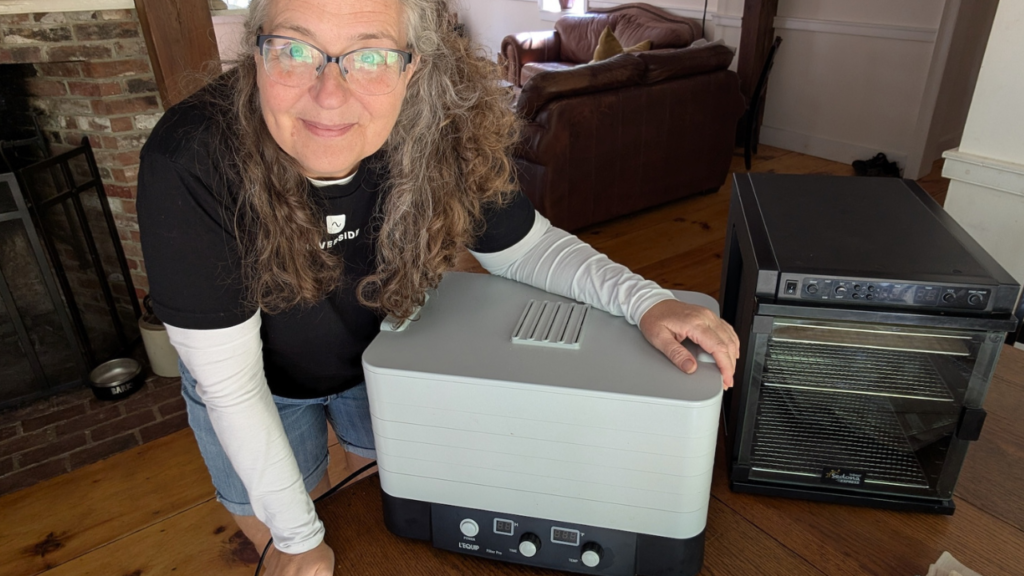
Choosing a Dehydrator
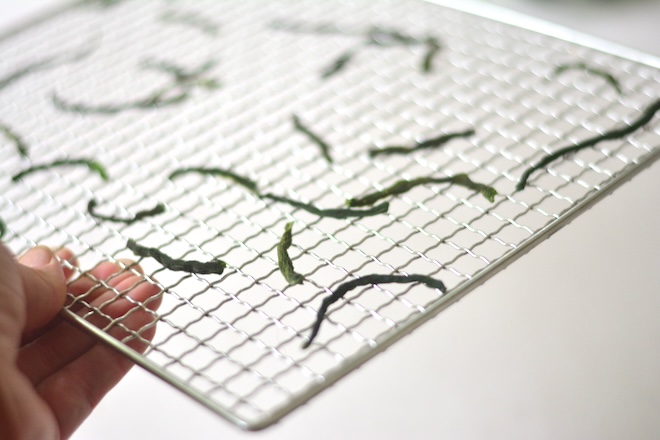

Can you add more trays to a dehydrator?
Mainly because, from my experience, stackable dehydrators dry from the top down, but I came to find out that this dehydrator has an ingenious design, with a micro-chip temperature control heat sensor & a patented air filtration system, and it works almost as well as my top-of-the-line dehydrator, without the bells and whistles.
And I love that this dehydrator will easily grow with your needs. Each standard unit comes with four – 1″ deep trays and two – 1.25″ deep trays, for a total capacity of 7 sq. feet of drying area. But you can expand this capacity by purchasing add-on tray sets that include 2 trays per set.

What do I need to know when buying a dehydrator?
Aside from answering the above questions, and understanding a dehydrator’s air flow, heating elements, and overall size and capacity, seek out reviews and (even better) personal testimonies of friends of friends who have dehydrators. All of this information, combined, will be tremendously helpful as you choose a dehydrator.

What features should you look for in a food dehydrator?
The answer to this question varies, depending on what features are most important to you. Go through the above questions and prioritize what’s most important to you and then you’ll know what features you should look for to find the best dehydrator for your family.
What is the best first time dehydrator?
I’m asked this often. I usually assume this question is asking “what dehydrator is a good value for a decent machine that works well?” In that case I recommend, without hesitation, that you consider the Nutrimill dehydrator. It packs a powerful punch for its price range. BONUS: use code SOULYRESTED and save even more!
BUT if your question means “what dehydrator is the best investment, that offers the most power and bells and whistles, so I won’t possibly want to upgrade in a few years?” then I’d recommend going for the gold, which, in my opinion, is the Tribest dehydrator that I own.
Is a square or round dehydrator better?
I personally am not a huge fan of using a dehydrator that has a hole in the middle of every tray (aka the round dehydrators), since it reduces your drying space dramatically on every tray. But the real reason to not want this type of model is the inefficiency of it. The heating elements are located on the bottom of these stackable units and the air blows up through the center, which by nature distributes the air unevenly.
Unless you’re considering the hybrid Nutrimill dehydrator… It has a unique system that distributes air evenly across every tray. It’s not perfectly uniform, like the higher-end cabinet units (like this one), and you may still occationally want to “babysit” your food a little and change up the location of your trays in the stack, but it’s much more effective than the cheap circular, plastic units. Never waste your time or dime on those units. They will make you hate dehydrating and waste your food with poor results. At least that’s been my personal experience.
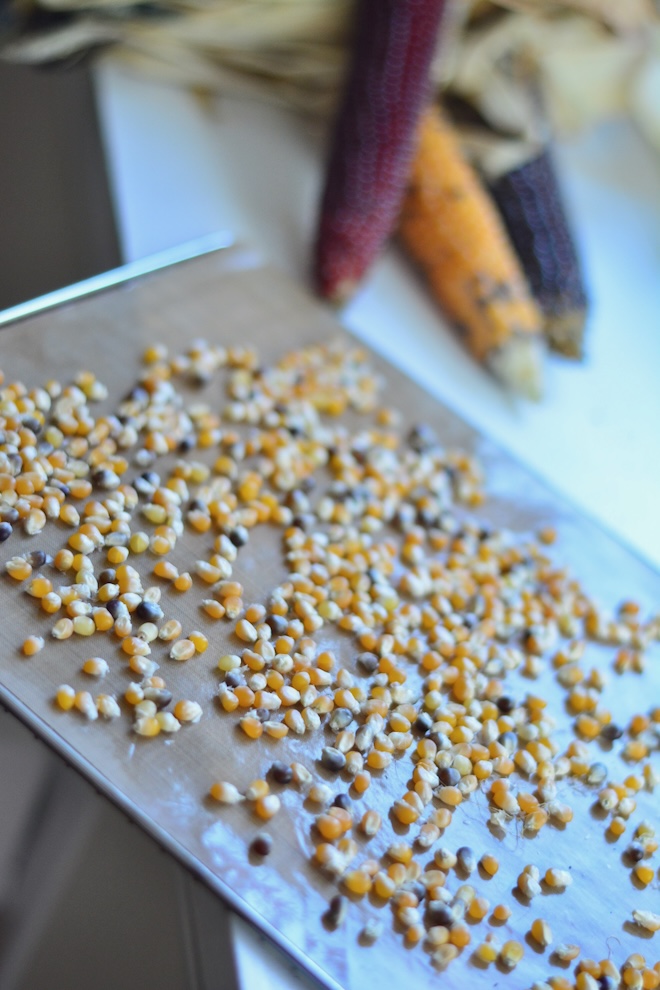
What temperature should a dehydrator be set at?
The temperature you set your dehydrator is dependent on what food you’re drying, but ideally, you want to purchase a dehydrator that can dry food in the temperature range of 95 to 160 degrees F.
After choosing a dehydrator:
- How to make pasta sauce with dehydrated tomato powder
- Homemade strawberry fruit roll ups
- Dehydrated dandelion flowers… how & why
- The doors of Dehydrating Academy are open — save with code SOULYRESTED
Pin this for later!
Click on the image below to pin this post.
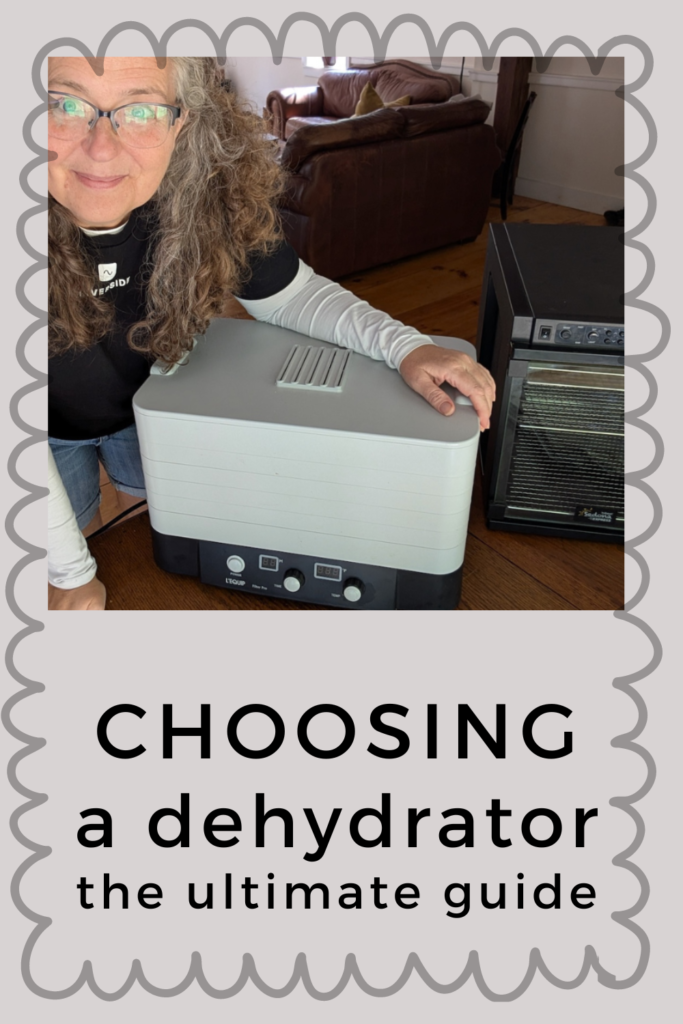
Find out why SoulyRested was considered to be One of the Top Homesteading Blogs.
Glance at my Resource Page if you’d like to get a glimpse of all the supplies I use and recommend for everything from gardening, to homeschooling, to chicken care, to nature journaling, to maple syrup making.
And be sure to Download my FREE Pantry Checklist and all the discounts on the best ingredients
I’d love to connect!
To find me in some other neck of the woods, just click any (or every!) icon below:

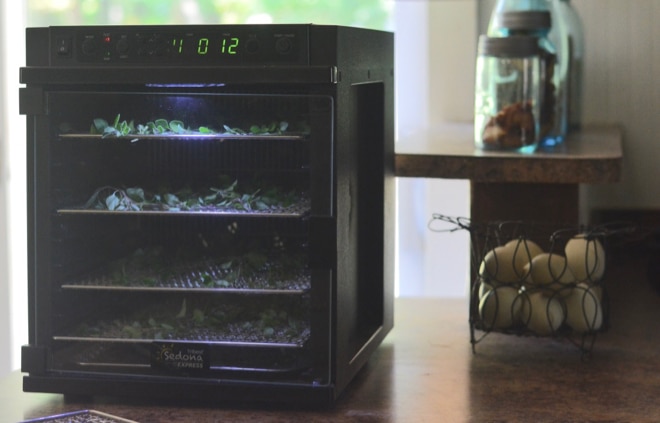





What a great guide! I would feel confident comparing dehydrators with this information
I have an insta pot with a dehydrator capability but the round shape makes it kinda awkward and space is limited. The number of trays in this one and the shape sound idyllic.
Thank you for the how – to! This is super informative!
I’m very excited to start dehydrating my garden. We have so many veggies and herbs that preserving them makes it all worth it.
Love your guide answered alot of my questions now to convince hubby to get me one